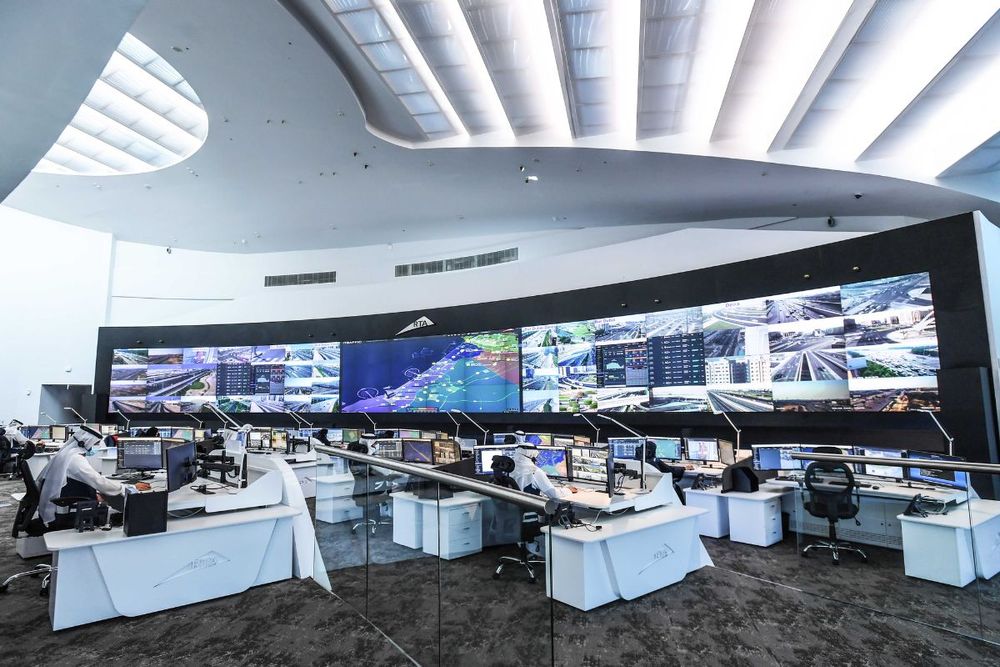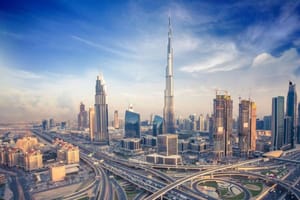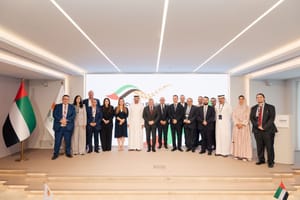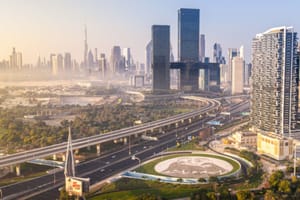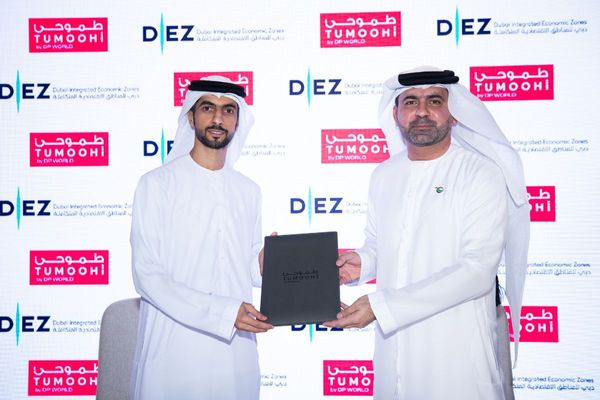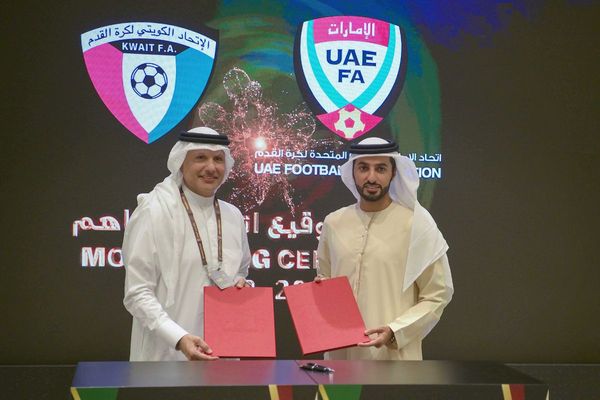His Excellency Mattar Al Tayer, Director General, Chairman of the Board of Executive Directors of the Roads and Transport Authority (RTA) confirmed that the initial phase of the Intelligent Traffic Systems (ITS) expansion project, which was completed in November 2020, had expanded ITS coverage of Dubai’s main road network from 11% to 60%.
RTA is gearing up for the second phase of the project over the next few months, which will cover the entire main roads of the emirate. Thus, the total length of roads covered by the ITS in Dubai will jump from 480 km to 710 km.
“Expanding the ITS coverage is a key element in supporting the Government's drive to transform Dubai into the smartest city in the world, which involves the use of smart technologies and software to ease mobility around Dubai. The project has improved incident monitoring by 63%, shortened the response time to emergencies by 30%, and cut the travel time by 20%. Such improvements are credited to using dynamic message signs, integrating with RTA’s Enterprise Command and Control Centre, and linking with Dubai Police’s Command and Control Centre,”
stated Al Tayer.
Dubai ITS Centre
The first phase of the project had seen several achievements highlighted by the construction of the Dubai ITS Centre. This facility is one of the largest and most sophisticated traffic control centres worldwide in terms of using smart technology, managing traffic systems, and supporting both current and future transportation modes. This project is a vibrant technology hub for managing traffic movement in the emirate using the latest applications of artificial intelligence, big data, Internet of Things, and communication systems. It has a whole host of traffic-monitoring devices, information-capturing gadgets, and other smart services. Through ITS, the Centre manages current and future road networks all over Dubai.
The centre’s advanced (iTraffic) system, which is linked with field devices, works under an integrated technology platform to collect and analyse big data. It also supports instant decisions to manage traffic movement, incidents, and mega-events.
Phase I Components
The initial phase also saw upgrading and installing 112 dynamic message signs that relay real-time information to motorists about roads condition such as congestion and incidents. They also transmit messages, guidance, and key tips about traffic safety and event management to enhance the efficiency of traffic management. The signs are located in selected locations along Dubai roads as well as nearby the sites of mega-events. For instance, 623 messages were displayed on signs around Expo 2020 Dubai.
The first phase also involved the installation of traffic monitoring and data capturing systems including the installation of 116 traffic cameras, which brings the total number of surveillance cameras installed to 235 cameras. 100 incidents detection and vehicle counting devices were installed, which raises the total number to 235 devices. 115 transit time and speed computing devices were installed together with 17 Road Weather Information Systems (RWIS). Works completed also included the construction of a 660-km long fibre-optic network for communication between on-site devices and central systems, which increases the total length of the optical fibre network to 820 km.
The project also included upgrading the software of the advanced central traffic system that supports decision-making and provides an automatic response line. The central system integrates with field devices, analyses the data received, and activates appropriate plans.
News Source: Dubai Media Office
